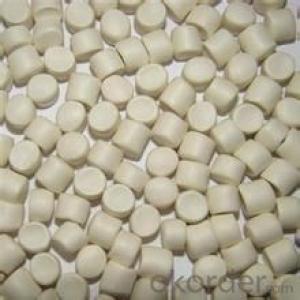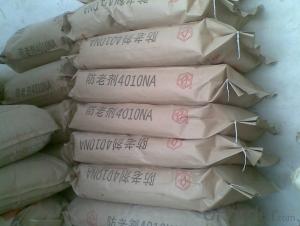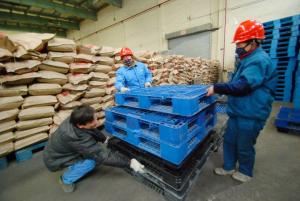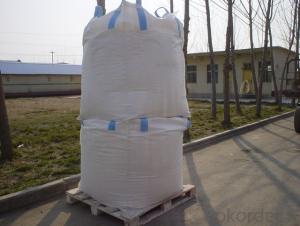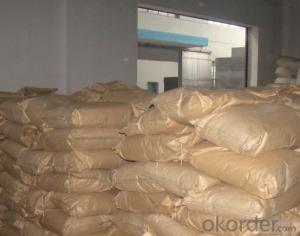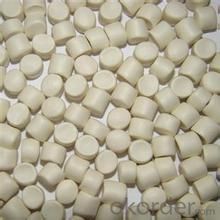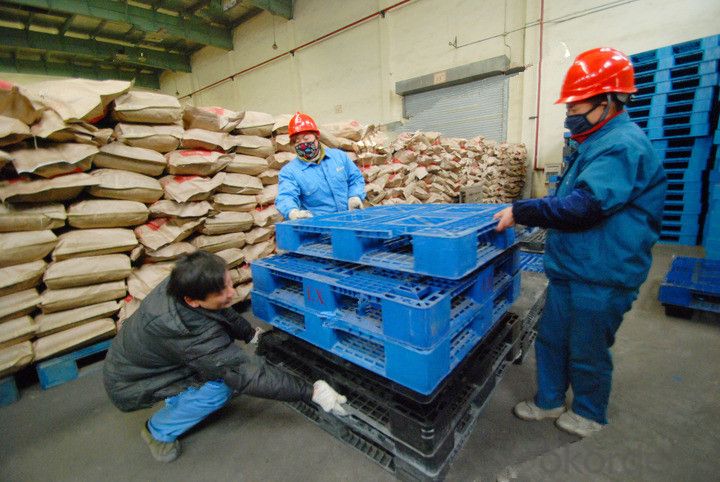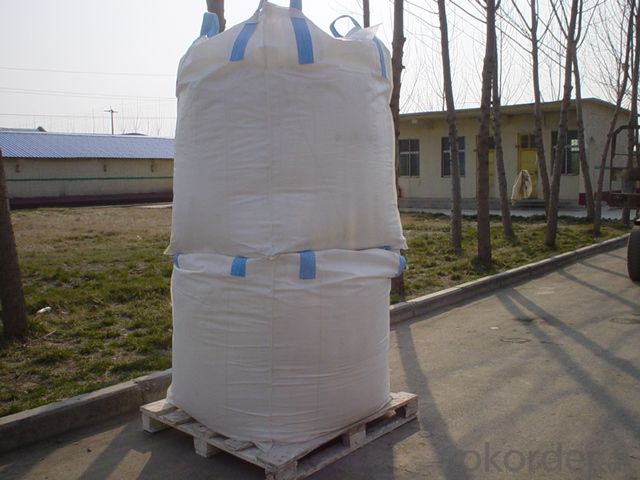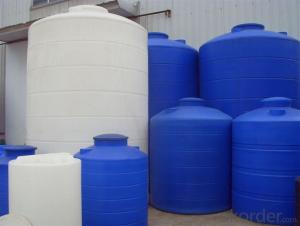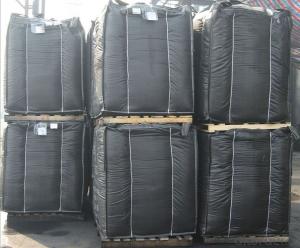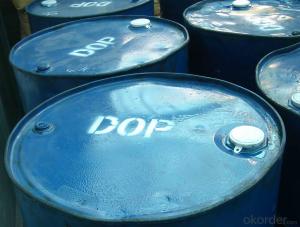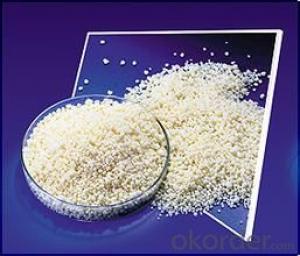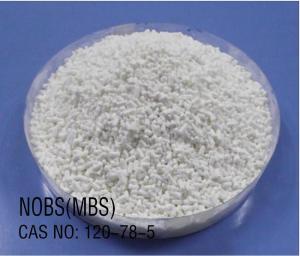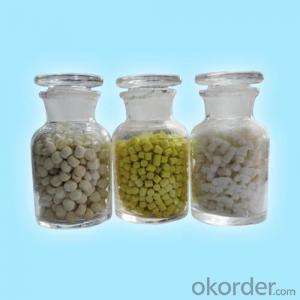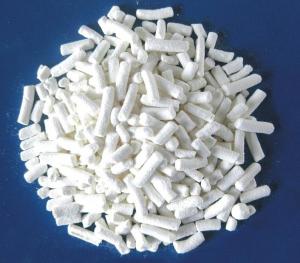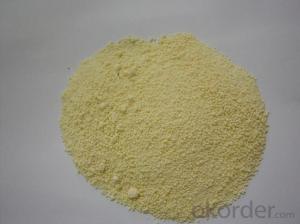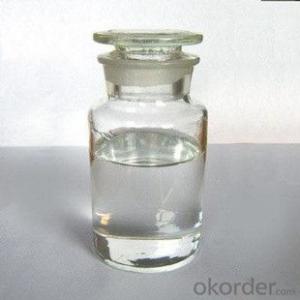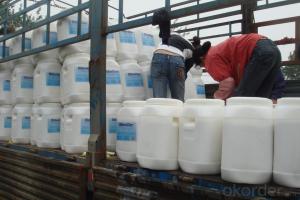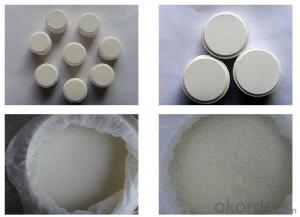RUBBER VULCANIZING ACCELERATOR TBBS (NS)
- Loading Port:
- Tianjin
- Payment Terms:
- TT OR LC
- Min Order Qty:
- 25 m.t.
- Supply Capability:
- 12000 m.t./month
OKorder Service Pledge
OKorder Financial Service
You Might Also Like
RUBBER VULCANIZING ACCELERATOR TBBS(NS)
Chemical Name: N-Tertiarybutyl-2-benzothiazole sulfennamide
Molecular Formula:C11H14N2S2
Molecular Weight:238.37
CAS NO. : 95-31-8
Executive standard:GB/T21840-2008
Specification:
Item | Index |
Appearance | White or light yellow powder, granular |
Initial M.P,oC ≥ | 104.0 |
Loss on drying, % ≤ | 0.40 |
Ash, % ≤ | 0.30 |
Residues on 150μm sieve, % ≤ | 0.10 |
Insoluble in Methanol,% ≤ | 1.00 |
Free amine,% ≤ | 0.5 |
Properties: White or light yellow powder, granular. The density is 1.26-1.32. Soluble in benzene, methylene chloride, carbon tetrachloride, ethyl acetate, acetone, ethanol, dissolved gasoline, do not dissolve in water, acid, dilute alkali solution.
Application: Provides fast cure rate and high modulus development in NR, SBR, BR and blends. Normally used alone or with small quantities of ultra accelerators in tire compounds or industrial rubber products low poison and high efficiency. It is good back up for NOBS. Be regarded as standard accelerator.
Packaging: 25kg plastic woven bag, paper with plastic film bag, Kraft paper bag or jumbo bag
Storage: The product should be stored in the dry and cooling place with good ventilation, avoiding exposure of the packaged product to direct sunlight. The validity is 1 year
Note: The product could be ultra fine powder based on customer accurate requirement.
- Q: A biological catalyst or a chemical reaction facilitator is know as a/an?
- A biological catalyst is an enzyme. Here are more details for you. Enzymes – biological catalysts Normally chemical reactions do not proceed spontaneously, but require the help of a catalyst. A catalyst accelerates a chemical reaction without itself being changed. For example, the reaction of hydrogen with oxygen to produce water requires the addition of the metal platinum. These days we encounter the concept of a catalyst most often in connection with technology for cleaning up the exhaust fumes from our automobiles, where platinum and rhodium catalyze the breakdown of polluting nitrogen oxides. Chemical reactions within living cells must also be catalyzed. Biological catalysts are called enzymes. There is, for instance, an enzyme in our saliva which converts starch to a simple sugar, which is used by the cell to produce energy, and another enzyme which degrades the excess lactic acid produced when we overexert ourselves. All green plants contain enzymes which convert carbon dioxide in the air to nutritious carbohydrates such as sugar and starch. Without enzymes life would not be possible! Enzymes are highly selective. Among the thousands of different compounds in a cell, an enzyme can recognize the right molecule (substrate) and transform it into a new product. This property arises from the special three-dimensional structure of each enzyme. One can compare an enzyme and its substrate with a lock and its key. Enzymes are very effective catalysts. A chemical reaction might require several months to reach completion without a catalyst, but only a few seconds with the help of an enzyme. Since the enzyme remains unchanged, one enzyme molecule can catalyze the transformation of millions of substrate molecules. Up until the beginning of the 1980's, all enzymes were thought to be proteins. We now know that proteins do not have a monopoly on biocatalysis. RNA molecules can also function as enzymes.
- Q: High school knowledge __ teacher do not know right!
- Nothing to do, but with the percentage of activated molecules, is proportional to
- Q: Can Cuo react as a catalyst with H2O2, does its quality and chemical properties change?
- Can be, please, upstairs said wrong ... ... ... ... ... ... catalyst is not not to participate in the reaction, the second is because the essence of the catalyst is to participate in the reaction to accelerate the reaction rate of conversion, the catalyst after the reaction will be regenerated, and before and after conservation, quality and Chemical properties do not change. CuO is the catalyst for H2O2 reaction, and the catalytic effect of CuO is better than Mn02!
- Q: Pls help me define a catalyst.?
- A substance which speeds up or slows down a reaction without taking part in it.
- Q: Cl + O3 ---> ClO + O2O + ClO ---> Cl + O2= O + O3 ----> 2O2What is the catalyst? The intermediate?How do you know which is which? If the rate law is rate=k [O3] [Cl]determine:a) the overall order.b) unit for k.c) the rate determining step, justify your answer.
- Cl is the catalyst. ClO the intermediate. The catalyst is the component which does not change in overall reaction. He forms some intermediate component(s) with the reactants. In the later reaction steps the intermediate(s) react forming the catalyst in its original state. (a) The overall order is the sum of the orders with respect to the components: n = 1 +1 = 2 (b) the unit of the rate of reaction is r [=] mol/ (Ls) (more general mol per unit time and volume) compare dimensions mol / (Ls) [=] k · mo/L · mol/L =k [=] L/(s mol) (more general unit volume per unit time and mole) (c) First reaction For elementary reaction steps the order of the reaction rate with respect to a reactant is equal to stoichiometric coefficient. Hence the rate of first reaction is: r? = k?·[Cl]·[O?] Overall rate is given by the rate determining step, while other reaction steps are in equilibrium: r = r? = k?·[Cl]·[O?] If second reaction is the rate determine step r? = k?·[O]·[ClO] while reaction 1 is at equilibrium K? = ( [ClO]·[O?] ) / ( [Cl]·[O?] ) =[ClO] = K?·( [Cl]·[O?] ) / [O?] the overall rate would be: r = r? = k?·[O]·[ClO] = K?·k?·[O]·[Cl]·[O?] / [O?] = k·[O]·[Cl]·[O?] / [O?] That doesn't match the observed rate law
- Q: What is the definition and function of the catalyst in chemistry?
- Definition: in the chemical reaction can change the chemical reaction rate of other substances, and its own quality and chemical properties before and after the reaction did not change the material called catalyst, also known as catalyst. The role of the catalyst in the chemical reaction is called catalysis. The use of a catalyst only changes the rate of chemical reaction and does not alter the quality of the product.
- Q: Can chemical reaction limits be changed by catalyst or other methods?
- Do not know what you say is the limit of the concept of reaction. The general catalyst can change the rate of the reaction, most of which is used to speed up the reaction rate, that is, it will be difficult to react or normally does not respond to the material to provide a reaction of the bridge, so that the material through the catalyst to establish a connection to achieve the reaction the goal of.
- Q: Is the chemical reaction rate constant related to the amount of catalyst used?
- The catalyst has a certain amount of suitable range, the general factory production of some substances (such as ammonia), the amount of catalyst used is limited, to achieve a value after no greater role. So the reaction rate constant is independent of the amount of catalyst used
- Q: Explain how catalysts help to reduce costs in industrial processes !?Thanks
- They speed up a reaction, allowing you to get more product more quickly and remain unchanged, therefore you can use them over and over again.
- Q: Chemical reactions in the presence of impurities will cause catalyst poisoning, how to understand this sentence
- This is in the chemical balance, but also alone
Send your message to us
RUBBER VULCANIZING ACCELERATOR TBBS (NS)
- Loading Port:
- Tianjin
- Payment Terms:
- TT OR LC
- Min Order Qty:
- 25 m.t.
- Supply Capability:
- 12000 m.t./month
OKorder Service Pledge
OKorder Financial Service
Similar products
Hot products
Hot Searches
